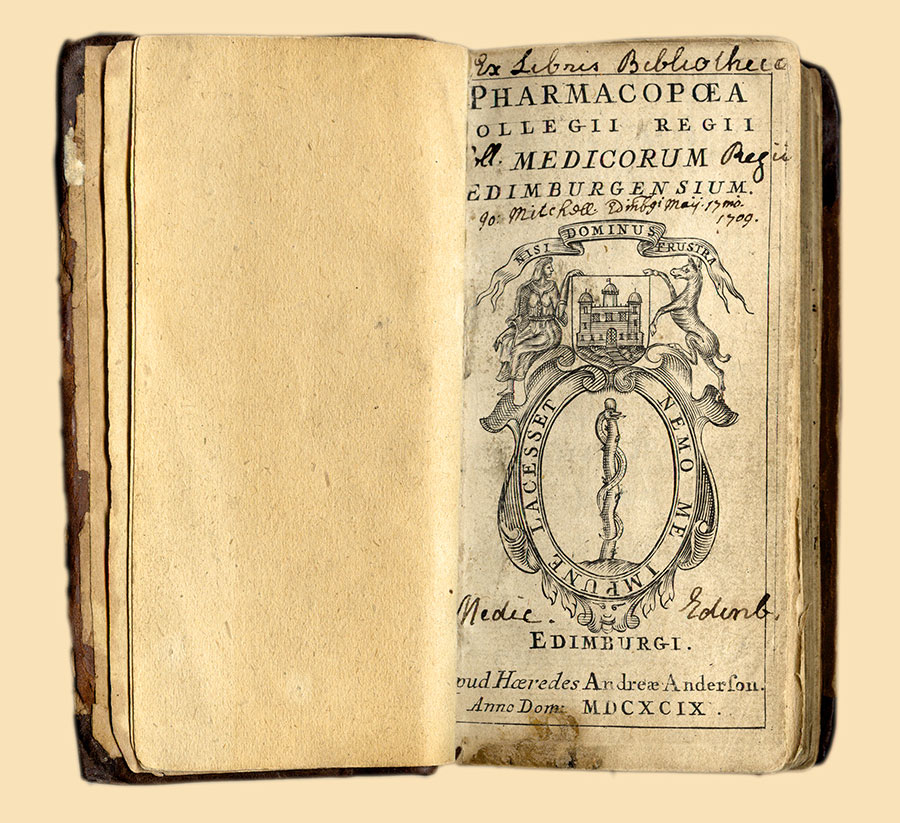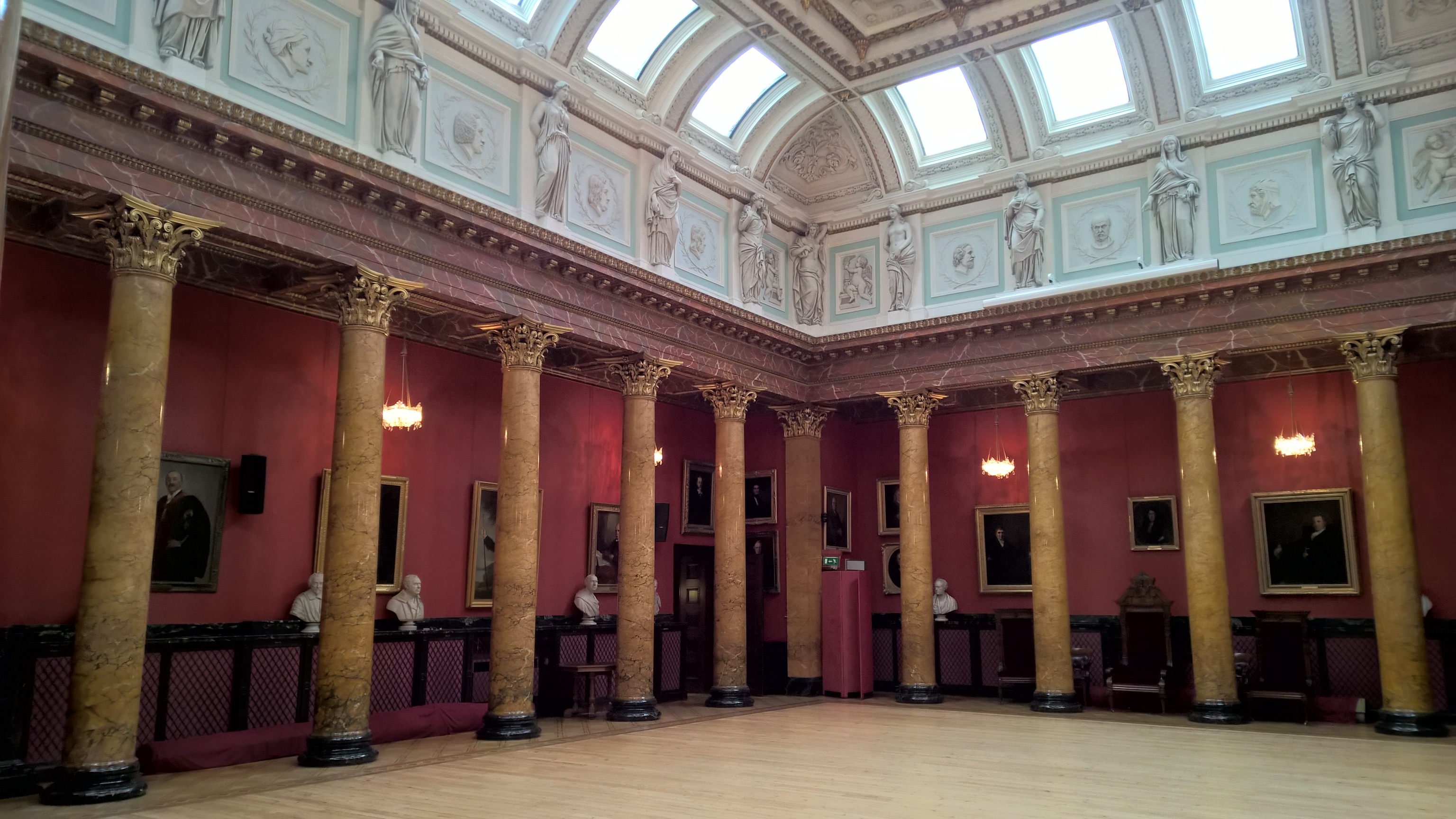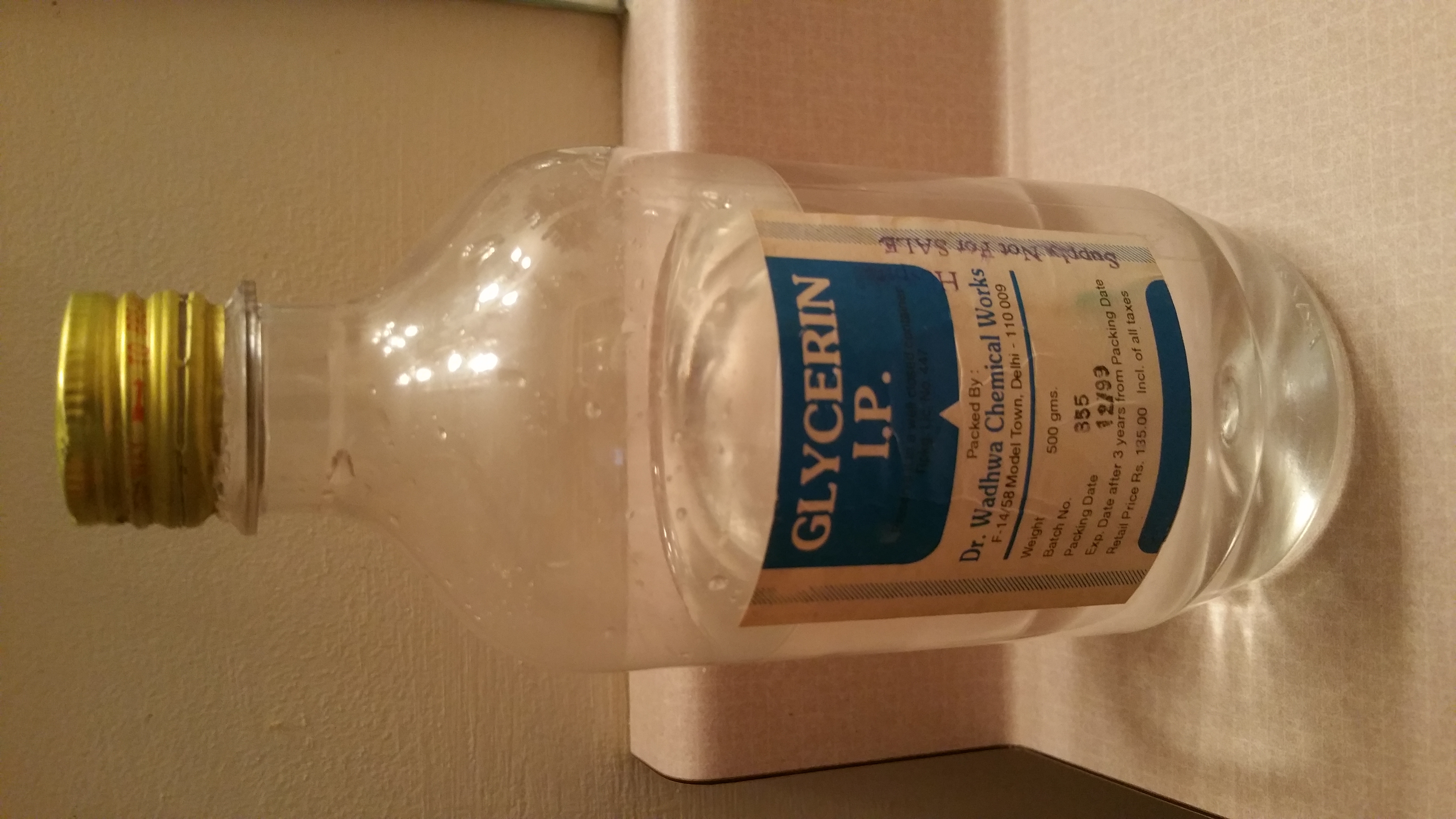|
Edinburgh Pharmacopoeia
The ''Edinburgh Pharmacopoeia'' was a medical guide consisting of recipes and methods for making medicine. It was first published by the Royal College of Physicians of Edinburgh in 1699 as the ''Pharmacopoea Collegii Regii Medicorum Edimburgensium''. The Edinburgh Pharmacopeia merged with the London and Dublin Pharmacopoeia's in 1864 creating the British Pharmacopoeia. History The precedence for creating a pharmacopoeia went back to 1618 when the College of Physicians of London created their own London Pharmacopoeia to regulate the manufacture of medicine. The first edition of the Edinburgh Pharmacopoeia was created in a period of tension between physicians and surgeons and the College of Physicians in Edinburgh sought to regulate the practice of medicine by providing standardized recipes. The first item in the College of Physician's minutes in 1682 note the need for a committee for creating a pharmacopoeia. The committee for the creation of the pharmacopoeia struggled for t ... [...More Info...] [...Related Items...] OR: [Wikipedia] [Google] [Baidu] |
Royal College Of Physicians Of Edinburgh
The Royal College of Physicians of Edinburgh (RCPE) is a medical royal college in Scotland. It is one of three organisations that set the specialty training standards for physicians in the United Kingdom. It was established by royal charter in 1681. The college has over 14,000 fellows and members worldwide, who are entitled to use using the post-nominal MRCP(Edin) or FRCP(Edin). History The RCPE was formed by a royal charter, granted in 1681, with Sir Robert Sibbald recognised as playing a key part in the negotiations. Three applications preceded this and had been unsuccessful. There were 21 original Fellows, eleven of whom were graduates or students of the University of Leiden. The Universities (Scotland) Act 1858 resulted in several items from the college's charter becoming obsolete, and they obtained a further charter on 31 October 1861. In 1920 the college enacted changes that allowed women to be admitted on the same terms as men. The charter was further amended on 7 M ... [...More Info...] [...Related Items...] OR: [Wikipedia] [Google] [Baidu] |
British Pharmacopoeia
The ''British Pharmacopoeia'' (''BP'') is the national pharmacopoeia of the United Kingdom. It is an annually published collection of quality standards for medicinal substances in the UK, which is used by individuals and organisations involved in pharmaceutical research, development, manufacture and testing. Pharmacopoeial standards are publicly available and legally enforceable standards of quality for medicinal products and their constituents. The ''British Pharmacopoeia'' is an important statutory component in the control of medicines, which complements and assists the licensing and inspection processes of the UK's Medicines and Healthcare products Regulatory Agency (MHRA). Together with the ''British National Formulary'' (BNF), the ''British Pharmacopoeia'' defines the UK's pharmaceutical standards. Pharmacopoeial standards are compliance requirements; that is, they provide the means for an independent judgement as to the overall quality of an article, and apply throug ... [...More Info...] [...Related Items...] OR: [Wikipedia] [Google] [Baidu] |
Robert Sibbald
Sir Robert Sibbald (15 April 1641 – August 1722) was a Scottish physician and antiquary. Life He was born in Edinburgh, the son of David Sibbald (brother of Sir James Sibbald) and Margaret Boyd (January 1606 – 10 July 1672). Educated at the Royal High School and the Universities of Edinburgh, Leiden, and Paris, he took his doctor's degree at the University of Angers in 1662, and soon afterwards settled as a physician working in Edinburgh. He resided at "Kipps Castle" near Linlithgow. In 1667 with Sir Andrew Balfour he started the botanical garden in Edinburgh, and he took a leading part in establishing the Royal College of Physicians of Edinburgh, of which he was elected president in 1684. Both Sibbald and Balfour were proponents of the Edinburgh Pharmacopoeia. In 1682, Sibbald began assembling material for a projected two volume geographical description or atlas of Scotland, recruiting parish ministers and members of the nobility and gentry to assist him in the task. ... [...More Info...] [...Related Items...] OR: [Wikipedia] [Google] [Baidu] |
History Of Pharmacy
The history of pharmacy as a modern and independent science dates back to the first third of the 19th century. Before then, pharmacy evolved from antiquity as part of medicine. Before the advent of pharmacists, there existed apothecaries that worked alongside priests and physicians in regard to patient care. Prehistoric pharmacy Paleopharmacological studies attest to the use of medicinal plants in pre-history. For example, herbs were discovered in the Shanidar Cave, and remains of the areca nut (''Areca catechu)'' in the Spirit Cave. Prehistoric man learned pharmaceutical techniques through instinct, by watching birds and beasts, and using cool water, leaves, dirt, or mud as a soothing agent. Ancient Era Mesopotamia and Egypt Sumerian cuneiform tablets record prescriptions for medicine. Ancient Egyptian pharmacological knowledge was recorded in various papyri, such as the ''Ebers Papyrus'' of 1550 BC and the ''Edwin Smith Papyrus'' of the 16th century BC. The very begin ... [...More Info...] [...Related Items...] OR: [Wikipedia] [Google] [Baidu] |
Medical Manuals
Medicine is the science and practice of caring for patients, managing the diagnosis, prognosis, prevention, treatment, palliation of their injury or disease, and promoting their health. Medicine encompasses a variety of health care practices evolved to maintain and restore health by the prevention and treatment of illness. Contemporary medicine applies biomedical sciences, biomedical research, genetics, and medical technology to diagnose, treat, and prevent injury and disease, typically through pharmaceuticals or surgery, but also through therapies as diverse as psychotherapy, external splints and traction, medical devices, biologics, and ionizing radiation, amongst others. Medicine has been practiced since prehistoric times, and for most of this time it was an art (an area of creativity and skill), frequently having connections to the religious and philosophical beliefs of local culture. For example, a medicine man would apply herbs and say prayers for healing, or ... [...More Info...] [...Related Items...] OR: [Wikipedia] [Google] [Baidu] |
Pharmacopoeias
A pharmacopoeia, pharmacopeia, or pharmacopoea (or the typographically obsolete rendering, ''pharmacopœia''), meaning "drug-making", in its modern technical sense, is a reference work containing directions for the identification of compound medicines. These are published or sanctioned by a government or a medical or pharmaceutical society, giving the work legal authority within a specified jurisdiction. In a broader sense it is a collection of pharmaceutical drug specifications. Descriptions of the individual preparations are called monographs. Etymology The term derives from "making of (healing) medicine, drug-making", a compound of "medicine, drug, poison" (), with the verb "to make" (), and the abstract noun suffix -ία ''-ia''. In early modern editions of Latin texts, the Greek diphthong οι (''oi'') is latinized to its Latin equivalent ''oe'' which is in turn written with the ligature ''œ'', giving the spelling ''pharmacopœia''; in modern UK English, ''œ'' is writ ... [...More Info...] [...Related Items...] OR: [Wikipedia] [Google] [Baidu] |
Pharmacy In The United Kingdom
Pharmacy in the United Kingdom has been an integral part of the National Health Service since it was established in 1948. Unlike the rest of the NHS, pharmacies are largely privately provided apart from those in hospitals, and even these are now often privately run. History The trade in medicines in the United Kingdom was initially regulated by the Guild of Pepperers from 1180. In 1345 some members of the Guild of Pepperers founded the Worshipful Company of Grocers, which operated until 1617 and was responsible for assuring the quality of food and drugs. Their drugs business was replaced by the Worshipful Society of Apothecaries (one of the 110 Livery companies), which was founded in 1617, by permission of King James I, and its members were responsible for training apprentices for 7 years as the future new members. Silvanus Bevan received 7 years of training and later co-founded Allen & Hanburys in 1715, now part of GlaxoSmithKline. The Pharmaceutical Society of Great Brita ... [...More Info...] [...Related Items...] OR: [Wikipedia] [Google] [Baidu] |
1699 Establishments In Scotland
Events January–March * January 5 – A violent earthquake damages the city of Batavia on the Indonesian island of Java, killing at least 28 people. * January 20 – The Parliament of England (under Tory dominance) limits the size of the country's standing army to 7,000 'native born' men; hence, King William III's Dutch Blue Guards cannot serve in the line. By an Act of February 1, it also requires disbandment of foreign troops in Ireland. * January 26 – The Republic of Venice, Polish–Lithuanian Commonwealth and Holy Roman Empire sign the Treaty of Karlowitz with the Ottoman Empire, marking an end to the major phase of the Ottoman–Habsburg wars. The treaty marks a major geopolitical shift, as the Ottoman Empire subsequently abandons its expansionism and adopts a defensive posture while the Habsburg monarchy expands its influence. * February 4 – A group of 350 rebels in the Streltsy Uprising are executed in Moscow. * March 2 – ''The Edinburgh Gazette'' is fir ... [...More Info...] [...Related Items...] OR: [Wikipedia] [Google] [Baidu] |
1699 In Science
The year 1699 in science and technology involved some significant events. Biology * English physician Edward Tyson publishes '' Orang-Outang, sive Homo Sylvestris: or, the Anatomy of a Pygmie Compared with that of a Monkey, an Ape, and a Man'', a pioneering work of comparative anatomy. Exploration * July 26 – William Dampier's expedition to New Holland (Australia) in HMS ''Roebuck'' reaches Dirk Hartog Island at the mouth of what he calls Shark Bay in Western Australia and begins producing the first known detailed record of Australian flora and fauna. * ''approx. date'' – Sir Isaac Newton develops a reflecting quadrant. Mathematics * Abraham Sharp calculates π to 72 digits using an arctan sequence (although only 71 are correct). Paleontology * Edward Lhuyd produces the first published scientific treatment of what would now be recognized as a dinosaur, describing and naming a sauropod tooth, " Rutellum implicatum" found at Caswell, near Witney, Oxfordshire, England. ... [...More Info...] [...Related Items...] OR: [Wikipedia] [Google] [Baidu] |




